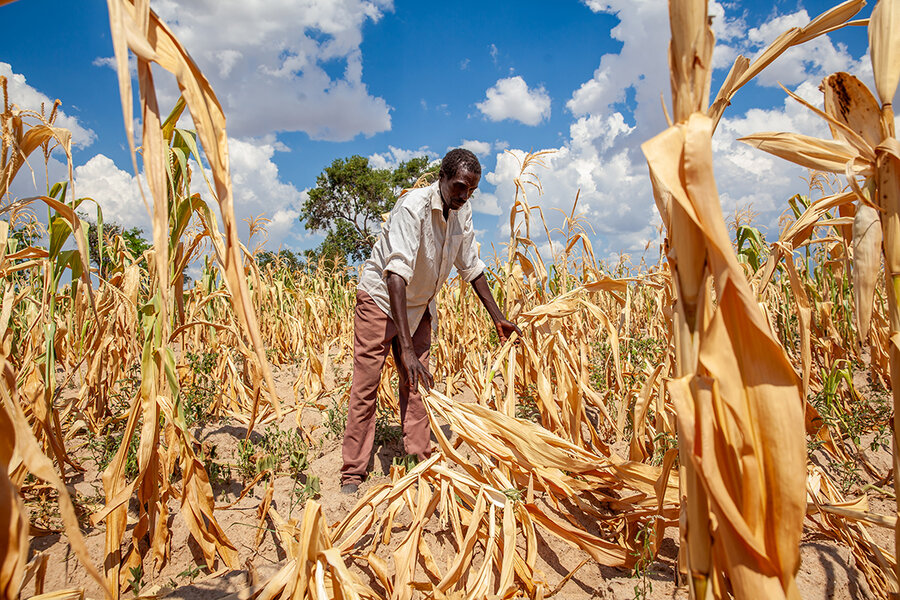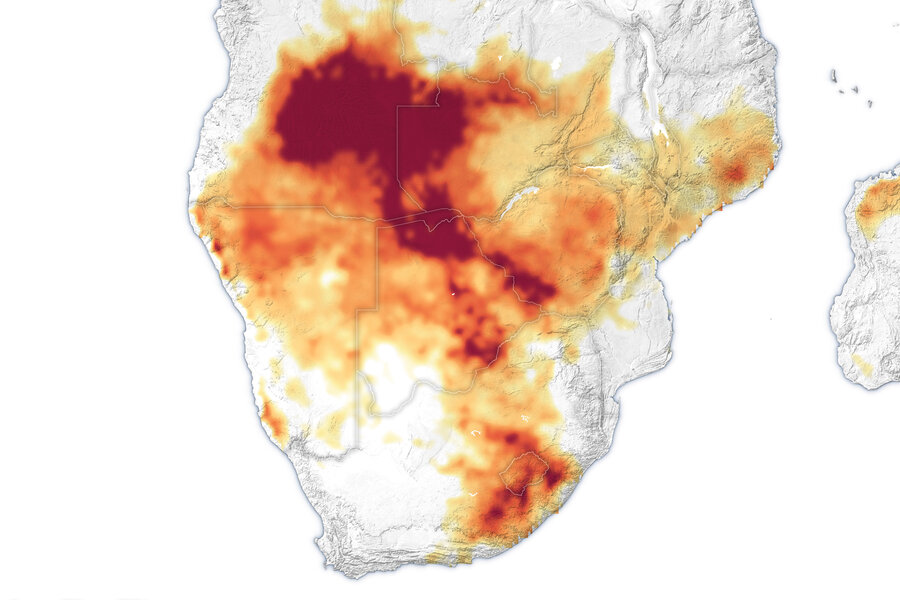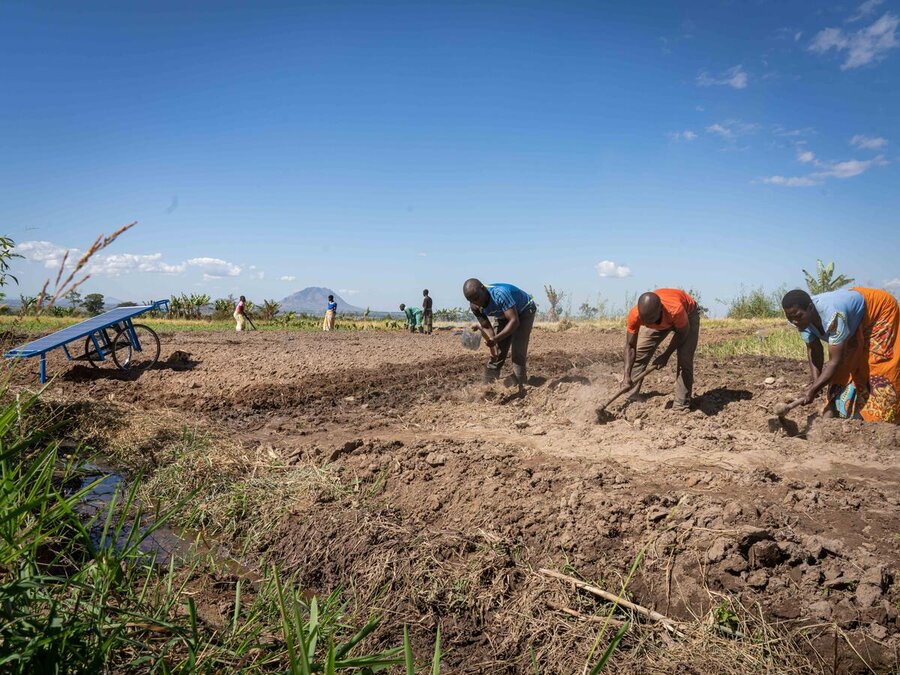
A map of soil moisture levels - from NASA's Earth Observatory - makes Southern Africa look like the lung of a person in need of urgent medical care. Red blotches mark concentrations of drought caused by the El Niño weather phenomenon - a slow-onset wrecker that arrived in July, leaving parched fields and a rise in 'acute' hunger in its wake.
The solution is simple. "We need irrigation," says Menghestab Haile, World Food Programme (WFP) Regional Director for Southern Africa, noting that WFP's call for resources and funding went unheeded earlier this year. "Water, water, water - if we'd had the resources to expand irrigation, farmers could produce more food."

Though a natural phenomenon - a disruption of rainfall patterns caused by the warming surface waters of the eastern Pacific Ocean - El Niño is the last thing a region regularly struck by extreme weather caused by climate change needs.
From Angola to Zimbabwe, El Niño left normally fertile soils arid, interrupting the production of staples such as maize. This severely reduced people's access to food as stocks dwindled amid soaring prices.
'El Niño disproportionately affects women and girls'
Meanwhile, cherished and valuable livestock died. Malawi, Zambia, and Zimbabwe have declared national emergencies after rains that failed to arrive in November and December crushed harvests in January and February.
"Governments are doing their best but cannot deal with a shock on this scale," says Haile. "Appealing to the international community is not a decision they take lightly - it's a mark of how serious the situation has become." This means preventative measures such as crop insurance are "overwhelmed."

Nearly 5 million people in the worst-affected countries need assistance. Limited amounts of food are in store in countries such as Tanzania and South Africa but it's nowhere near enough. Zambia should be a 'breadbasket' its regional neighbours can rely on, but it too is heavily dependent on rainfed agriculture, "so there are no reserves", says Haile. WFP plans to assist 475,000 people in the country while looking to import from outside the region - a process that takes three to four months.






